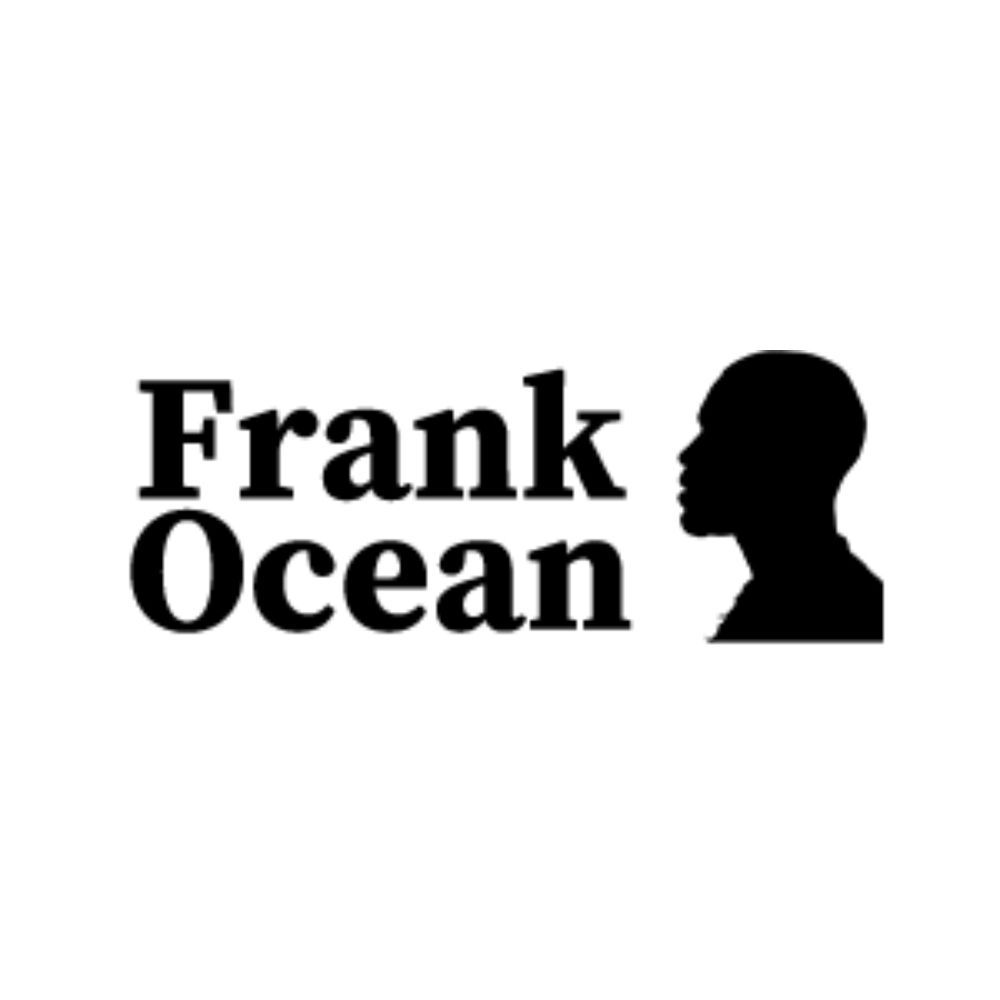
Frank Ocean: Redefining the Role of the Reclusive Artist in Modern Music
Frank Ocean is often described as a musical enigma. In an age where artists constantly engage with fans through social media and frequent releases, Ocean takes a different path—one that leans into silence, scarcity, and introspection. While many view his long hiatuses and rare appearances as frustrating, they are, in fact, core to his identity and artistry. This deliberate distance from the public spotlight has not weakened his fan base; instead, it has only deepened the intrigue and respect surrounding his work.
The Power of Silence
Since his groundbreaking 2012 debut album Channel Orange, Frank Ocean has been known not just for his genre-blurring sound but also for his mystique. He rarely grants interviews, makes sparse use of social media, and maintains a minimal public profile. For most artists, this would spell commercial risk. Yet, Ocean’s approach has only heightened the anticipation surrounding each of his moves, giving his releases a rare sense of occasion.
The four-year gap between Channel Orange and Blonde was filled with rumor, speculation, and obsession from fans and media alike. When Blonde finally dropped in 2016—alongside the visual album Endless—the dual releases not only shattered expectations but also redefined what an album rollout could look like. By choosing silence over saturation, Ocean cultivated a space where music could speak louder than the artist.
Visual Identity and Artistic Control
One often-overlooked aspect of Frank Ocean’s work is his deep involvement in visual aesthetics. From the lo-fi imagery of nostalgia, ULTRA to the sleek, art-house visuals in Endless, Ocean carefully curates his entire brand. His websites, album covers, videos, and even magazine features reflect a highly intentional visual language that complements his sonic storytelling.
In recent years, fans have also shown interest in the way Ocean’s style translates into his merchandise. The designs featured in his official and unofficial Frank Ocean merch shops often reflect minimalist, gender-fluid aesthetics, echoing the themes in his music. For instance, you can see some of these unique interpretations in collections like those found at https://frankoceanmerchshop.bravesites.com/, which offer fans a tangible extension of the Frank Ocean experience—one that balances mystery with personal expression.
Frank Ocean and the Independent Artist Movement
Beyond his creative output, Ocean represents a larger shift in how artists navigate the music industry. His departure from Def Jam and the surprise independent release of Blonde marked a significant moment in music business history. Ocean fulfilled his contract with Endless—a visual project that was only available on Apple Music—before releasing Blonde independently the next day, keeping full control of the rights and profits.
This act of reclaiming creative ownership inspired a wave of younger artists to reconsider traditional label deals. Ocean showed that with a dedicated fan base and innovative distribution strategy, an artist can thrive without corporate oversight. He proved that scarcity, if paired with authenticity, could be more powerful than constant content.
The Personal is Political
While Ocean doesn’t speak out frequently, when he does, it resonates. His 2012 Tumblr post about his first love being a man was a pivotal moment—not just for his career, but for queer visibility in hip-hop and R&B. It was a rare moment of vulnerability and courage that broke barriers in a genre often criticized for its lack of LGBTQ+ representation.
This openness has become a quiet form of activism. Rather than taking to podiums or social media rants, Ocean allows his personal narrative to subtly challenge norms. His music delves into themes of heartbreak, identity, and alienation, told through a lens that doesn’t shy away from gender ambiguity or emotional depth.
Fans have responded not just with loyalty, but with active engagement. Online communities surrounding Frank Ocean often discuss his lyrics, visuals, and interviews with near-academic scrutiny. These digital forums, including smaller fan-curated websites like https://sites.google.com/view/charlesmoton111, serve as living archives of his art and philosophy. They act as communal spaces where Ocean’s infrequent presence doesn’t mean his influence is any less felt.
Merch as a Mirror of Identity
In recent years, artist merchandise has evolved from simple logo tees into sophisticated expressions of brand identity. For an artist like Frank Ocean, whose image is tightly controlled and artistically layered, his merchandise serves as more than just promotional material—it’s a medium of self-expression.
Unlike many pop stars who release merch drops with every new single, Ocean’s approach is more curated. His “Boys Don’t Cry” zines, cryptic posters, and limited drops often feature obscure references, foreign language scripts, and raw photographic elements. Even third-party shops, like https://shopfrankoceanmerchs.com/, attempt to capture this same ethereal quality, often mimicking his understated elegance with subtle graphics and minimalistic designs.
To own Frank Ocean merch is to own a piece of his world—a world defined by its refusal to be defined. In this way, his merchandise becomes another layer of his artistry: elusive, abstract, and emotionally resonant.
Conclusion: A Legacy Beyond Music
Frank Ocean is more than a singer, songwriter, or performer—he is a cultural force redefining what it means to be an artist in the 21st century. By embracing mystery, exercising control over his art and identity, and maintaining an authentic relationship with fans, Ocean has carved out a lane that defies the conventions of celebrity.
His legacy is not just found in his albums but in his silence, his aesthetics, his merchandise, and the spaces he leaves for others to interpret. Whether through deeply emotional lyrics or the quiet confidence of his absence, Frank Ocean teaches us that sometimes, the loudest statements are made in whispers.
